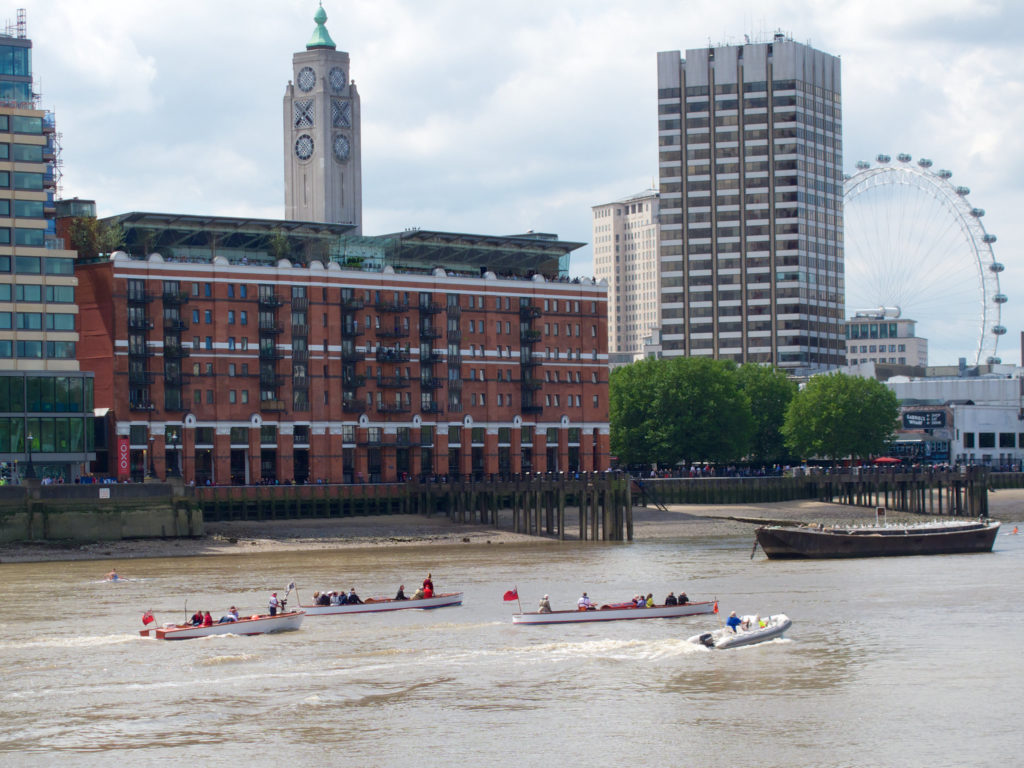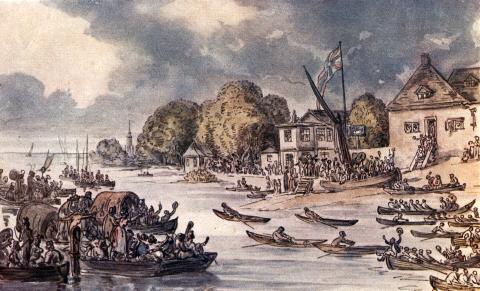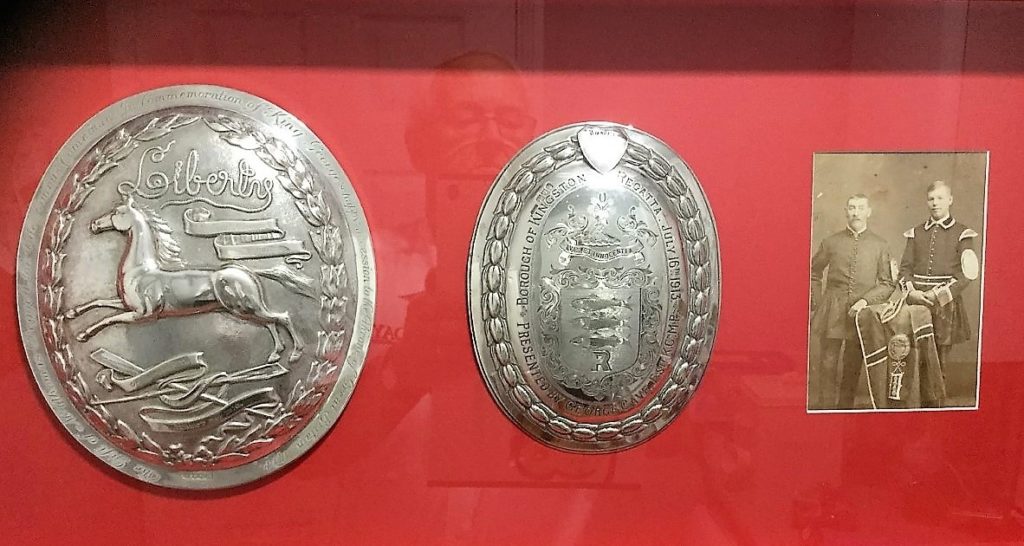Doggett’s Coat and Badge is the prize and name for the oldest rowing race in the world. Up to six apprentice watermen of the River Thames in England compete for this prestigious honor, which has been held every year since 1715.

The 7.44 km race is rowed on the River Thames upstream from London Bridge to Cadogan Pier, Chelsea, passing under a total of eleven bridges. Originally, it was raced every 1 August against the outgoing (falling or ebb) tide, in the boats used by watermen to ferry passengers across the Thames. Today it is raced at a time amenable to spectators, in September that coincides with the incoming (rising or flood) tide, in contemporary single sculling boats.

The winner’s prize is a traditional watermen’s red coat with a silver badge added, displaying the horse of the House of Hanover and the word “Liberty”, in honor of the accession of George I to the throne. In addition, each competitor who completes the course receives a miniature of a Doggett’s Badge for their lapel in a ceremony at Watermen’s Hall, in silver for the winner and in bronze for the others.

In addition to the prizes received, winning Doggett’s Coat and Badge in the 18th and 19th centuries would help attract more trade to the talented waterman. While this is no longer the case, winning the Doggett’s Coat and Badge is today still seen as very prestigious.
According to the Wikipedia













